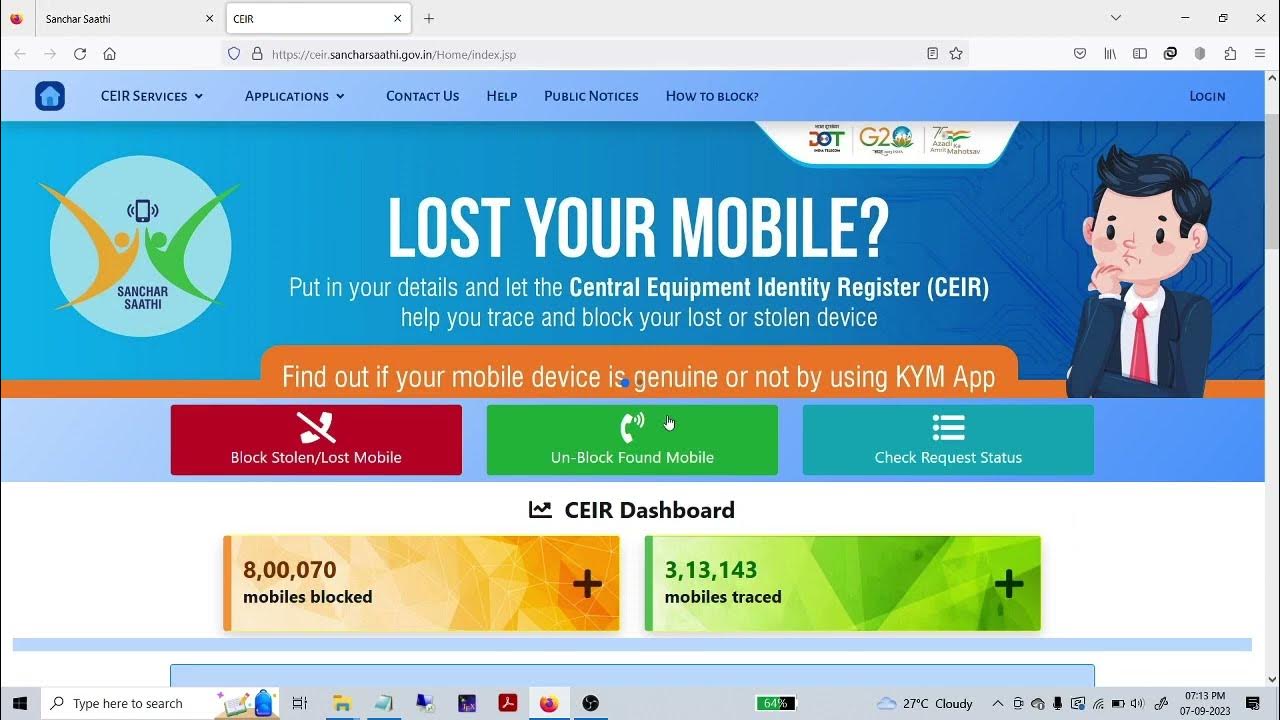4. Volte call flow - SIP Call Flow - IMS Call procedure
Summary
TLDRThis video provides a comprehensive guide to VoLTE SIP IMS call flow, covering both Mobile Originating (MO) and Mobile Terminating (MT) scenarios. It explains how SIP protocol facilitates session creation, modification, and termination, while also focusing on media negotiation through SDP offers and answers. The process includes key steps such as bearer creation, codec negotiation (AMR, AMR-WB, EVS), and resource reservation, ensuring high-quality HD voice calls. Viewers will gain a clear understanding of how VoLTE calls work, from the initial SIP INVITE to final media exchange, along with insights into codec standards and network interactions.
Takeaways
- 😀 VoLTE uses SIP protocol to establish, modify, and terminate sessions for voice and video calls, with the help of RTP/RTCP for transport.
- 😀 Mobile Originating (MO) and Mobile Terminating (MT) are the two main call flow types in VoLTE, focusing on the initiation and reception of calls respectively.
- 😀 The SIP call flow includes various stages, such as SDP Offer & Answer for codec negotiation and QOS preconditions to ensure voice call quality.
- 😀 Codec negotiation in VoLTE is performed via SDP messages, where both users exchange media capabilities to select the most appropriate codec.
- 😀 Dedicated bearers are created on both the originating and terminating sides for voice calls, ensuring proper voice payload transmission over LTE networks.
- 😀 The SIP flow includes messages like SIP INVITE, 100 Trying, 183 Session Progress, PRACK, SIP UPDATE, 200 OK, 180 Ringing, and SIP ACK.
- 😀 PRACK is used for acknowledging provisional responses such as 180 Ringing and 183 Session Progress, ensuring reliable delivery of SIP messages.
- 😀 The SIP UPDATE message is used by the calling party to reserve internal resources and confirm resource allocation, while maintaining codec agreement.
- 😀 VoLTE codecs like AMR, AMR-WB, and EVS ensure high-quality voice transmission, with AMR-WB offering wideband speech for better audio quality.
- 😀 GSMA and 3GPP standards define the requirements for VoLTE services, with important documents available for further study on the official websites of these organizations.
Q & A
What is the primary protocol used in VoLTE for call setup and signaling?
-The primary protocol used in VoLTE for call setup and signaling is SIP (Session Initiation Protocol), which is responsible for creating, modifying, and terminating sessions between users.
What does the SDP Offer & Answer mechanism do in a VoLTE call?
-The SDP Offer & Answer mechanism is used to negotiate the media parameters (such as codec types, bandwidth, and IP addresses) between the calling and receiving parties before the call is established.
What role does the PCRF play in a VoLTE call?
-The PCRF (Policy and Charging Rules Function) manages the creation of dedicated bearers for the VoLTE call by ensuring that resources are reserved and that the correct Quality of Service (QoS) parameters are met for voice calls.
What is the purpose of the SIP INVITE message in the VoLTE call flow?
-The SIP INVITE message is sent by the calling party to initiate the call. It includes an SDP offer with the required media capabilities, including codec types and bandwidth information for the voice call.
How does the receiving party acknowledge the SIP INVITE message?
-The receiving party acknowledges the SIP INVITE by sending a 100 Trying message, followed by a 183 Session Progress message, which includes an SDP answer that indicates the supported codecs and resources allocated.
What is the significance of the PRACK message in the VoLTE signaling flow?
-The PRACK (Provisional Response Acknowledgement) message is used to acknowledge provisional responses like 180 Ringing or 183 Session Progress to ensure reliable delivery and avoid missing these responses.
What happens during the SIP UPDATE phase of the VoLTE call flow?
-During the SIP UPDATE phase, the calling party reserves resources for the call and sends an updated SDP offer to confirm that the preconditions are met and that the call can proceed.
What codecs are used in VoLTE calls to ensure HD voice quality?
-VoLTE calls use the AMR (Adaptive Multi-Rate) codec for basic voice quality, the AMR-WB (Wideband) codec for HD voice quality, and the EVS (Enhanced Voice Services) codec for even higher voice clarity and quality.
What is the role of the dedicated bearer in a VoLTE call?
-The dedicated bearer ensures that voice traffic is given high priority and that it is carried with the appropriate QoS over the LTE network, facilitating the smooth delivery of voice packets during the call.
How are the codecs selected and confirmed during a VoLTE call setup?
-The codecs are selected through the SDP Offer & Answer exchange. The calling party sends an SDP offer with preferred codecs, and the receiving party responds with an SDP answer indicating the supported codecs, leading to final codec agreement.
Outlines

This section is available to paid users only. Please upgrade to access this part.
Upgrade NowMindmap

This section is available to paid users only. Please upgrade to access this part.
Upgrade NowKeywords

This section is available to paid users only. Please upgrade to access this part.
Upgrade NowHighlights

This section is available to paid users only. Please upgrade to access this part.
Upgrade NowTranscripts

This section is available to paid users only. Please upgrade to access this part.
Upgrade NowBrowse More Related Video

Cisco CMR Setup for Expressways

THE ONLY BEGINNER GUIDE YOU'LL EVER NEED IN MOBILE LEGENDS

MOBILE GAME HACKING (FOR NOOBS)

How To Play Mobile Legends Bang Bang On PC

खोए/चोरी हुए फोन को ट्रैक करें | Track SIM status | Track IMEI number | Sanchar Saathi[HINDI] #viral

PUBG Mobile Attachments Guide - Improve Accuracy and Zero Recoil in PUBG/BGMI - GG Bro Tips & Tricks
5.0 / 5 (0 votes)